Retro Replay Review
Gameplay
Glory of the Roman Empire places you at the heart of an ever-expanding civilization, challenging you to juggle the roles of city planner, governor, and military commander. From the outset, you’ll be tasked with transforming a humble settlement into a prosperous colonial hub on the Mediterranean. Economic management is key: you’ll need to balance resource production, taxation, and trade routes to ensure your citizens have food, shelter, and amenities.
(HEY YOU!! We hope you enjoy! We try not to run ads. So basically, this is a very expensive hobby running this site. Please consider joining us for updates, forums, and more. Network w/ us to make some cash or friends while retro gaming, and you can win some free retro games for posting. Okay, carry on 👍)
The city-building mechanics strike a satisfying balance between accessibility and depth. Placing roads, housing blocks, markets, and public buildings is intuitive, but each decision carries weight. Overbuild and risk resource shortages; underbuild and watch dissatisfaction rise. Meanwhile, the civilian population has a life of its own, demanding entertainment, temples, and clean water. Catering to these needs adds another layer of strategic planning.
However, when diplomacy and economics fall short, military might comes into play. Recruiting legions, fortifying borders, and dispatching armies to fend off barbarian raiders are smoothly integrated into the same map you use for civilian development. Battles are not merely tactical skirmishes—they have real consequences for your economy and population morale.
Campaign and sandbox modes each offer distinct challenges. In campaigns, historical scenarios guide you through famous Roman conquests and crises, with scripted events that test your adaptability. Sandbox mode strips away constraints, letting you craft your dream metropolis from scratch. Both modes ensure long-term engagement, rewarding meticulous planners and daring conquerors alike.
Graphics
The visual presentation in Glory of the Roman Empire captures the grandeur of antiquity with remarkable fidelity. Architectural models—from humble huts to ornate forums and grand coliseums—are richly detailed. Stone textures, tile roofs, and decorative statues evoke a sense of authenticity that transports players to an era of marble and mosaic.
Zooming in reveals dynamic city life: patricians stroll the forum, merchants haggle in the marketplace, and legionaries drill on parade grounds. Each animated figure adds vibrancy to your urban sprawl. Seasonal changes and weather effects further enhance immersion, casting your city in bright summer light or shrouding it in autumnal haze.
The user interface is clean and functional, with crisp icons and informative tooltips that guide you through complex systems without overwhelming newcomers. Menus for resource flows, population statistics, and trade agreements remain legible even during the busiest moments, helping you make informed decisions at a glance.
Performance is generally stable on mid-range systems, though very large cities can introduce slight framerate dips. Fortunately, adjustable graphics settings allow for smooth gameplay across a variety of hardware. Overall, the game succeeds in marrying historical atmosphere with modern visual polish.
Story
While Glory of the Roman Empire is primarily a sandbox-driven city builder, its campaign scenarios weave historical narrative into your strategic objectives. You’ll relive key moments such as the expansion into Gaul, the defense of the Rhine frontier, and the turbulent politics of Rome itself. Each campaign mission presents a clear goal—build a port, secure supply lines, or quell a rebellion—and contextualizes it within the grandeur of Roman history.
Narration is delivered through text briefings and occasional voice-overs, offering background on the cultural, political, and military stakes at play. Although not as deep as a standalone RPG plot, these story beats provide enough color to make each mission feel purposeful. Small flavor events—festivals, religious ceremonies, and local uprisings—add local lore and reinforce the living world.
Between missions, you’ll see the fruits of your labors evolve. A village you saved from famine may grow into a bustling town, its citizens celebrating with chariot races and gladiatorial games. These transitions underscore the narrative arc from precarious frontier outpost to established pillar of the Empire.
For players seeking a more freeform experience, optional side-objectives tied to historical figures and events can spice up sandbox play. Aligning with senators, negotiating with neighboring tribes, or constructing iconic landmarks injects narrative flavor into your self-directed campaigns.
Overall Experience
Glory of the Roman Empire delivers a robust package for fans of strategy and city-building alike. Its multifaceted gameplay loops—city planning, economic management, and military conquest—stay engaging over dozens of hours. The learning curve is approachable thanks to well-crafted tutorials, but mastering the intricate resource and supply chains provides depth for veteran strategists.
The game’s pacing allows for both leisurely urban development and adrenaline-pumping military engagements. You can spend a peaceful afternoon fine-tuning road networks and public services, then shift gears into rapid troop mobilization when barbarians threaten your northern border. This versatility keeps the experience fresh and dynamic.
Multiplayer skirmishes and co-op modes further extend replayability, allowing you to test your wits against other aspiring governors. While the AI opponents provide a respectable challenge, human opponents introduce unpredictable strategies that can turn every match into a tense, memorable duel.
Ultimately, Glory of the Roman Empire combines historical immersion, strategic depth, and polished presentation into a cohesive whole. Whether you’re drawn to its vivid reconstructions of ancient cities or the thrill of commanding legions, this title stands out as a must-have for anyone interested in forging their own Roman legacy.
 Retro Replay Retro Replay gaming reviews, news, emulation, geek stuff and more!
Retro Replay Retro Replay gaming reviews, news, emulation, geek stuff and more!
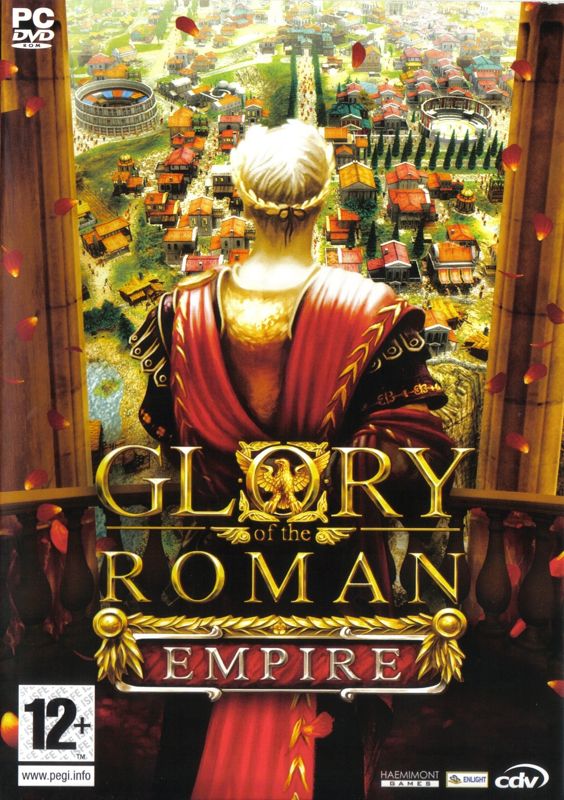
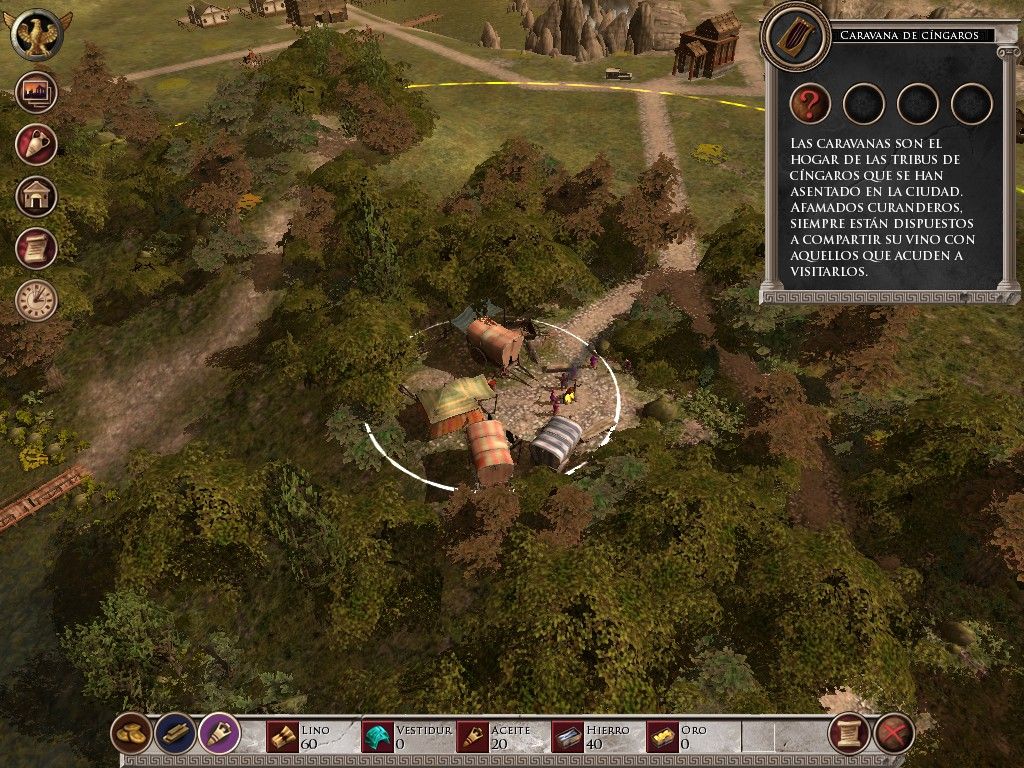
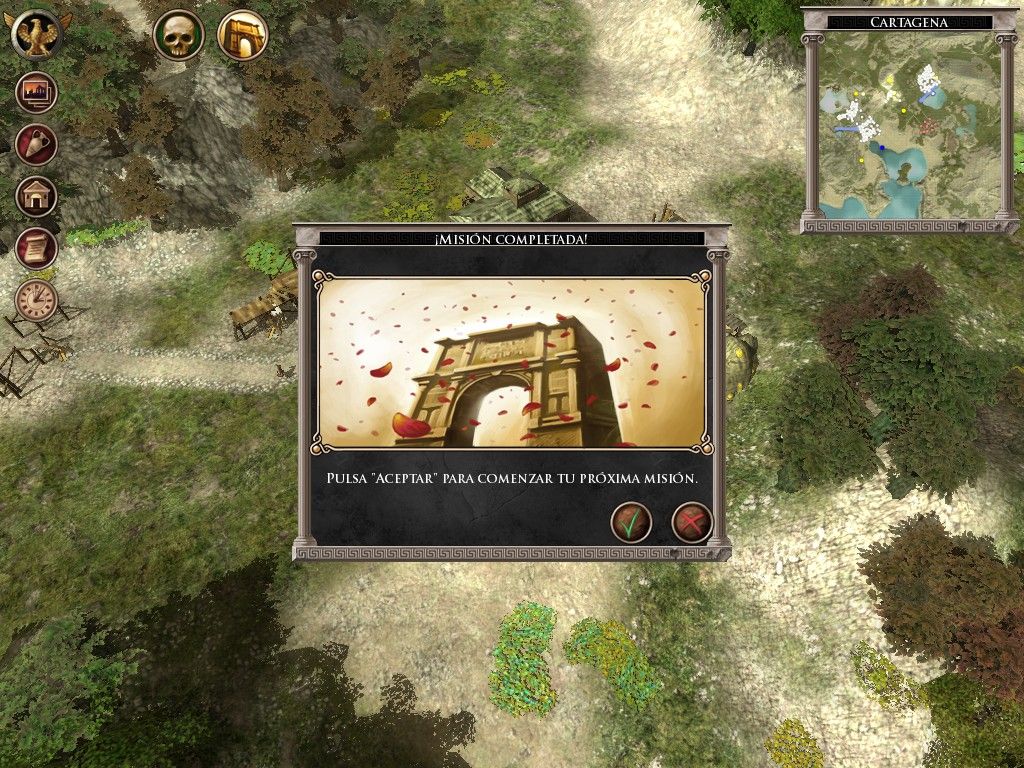
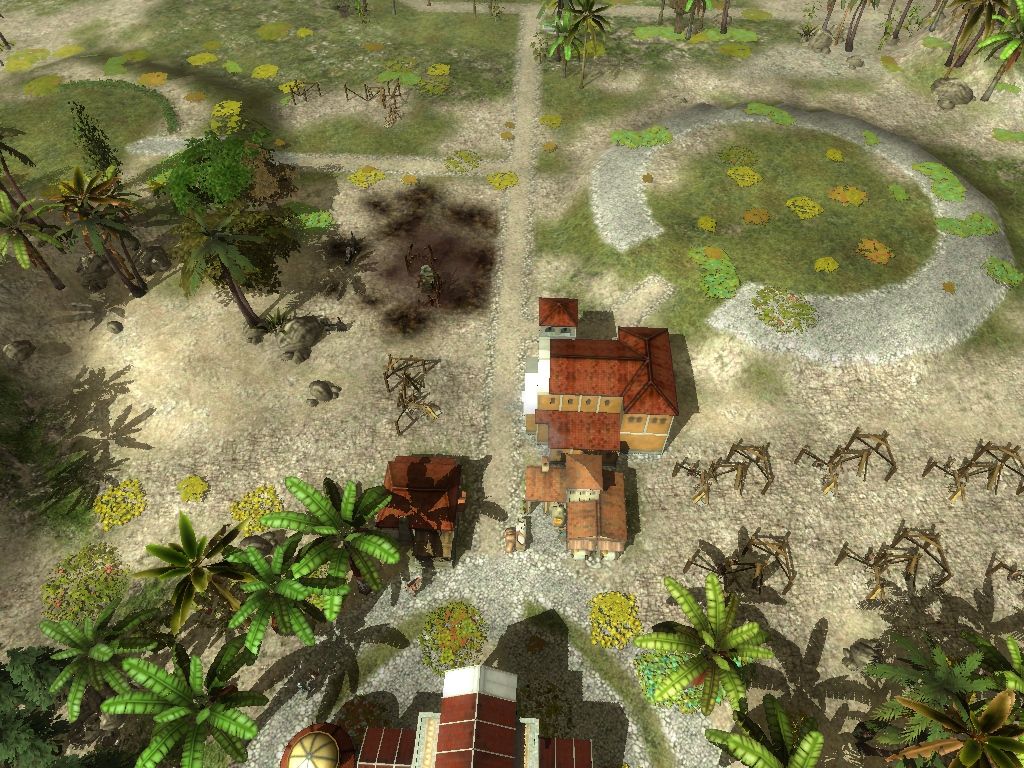
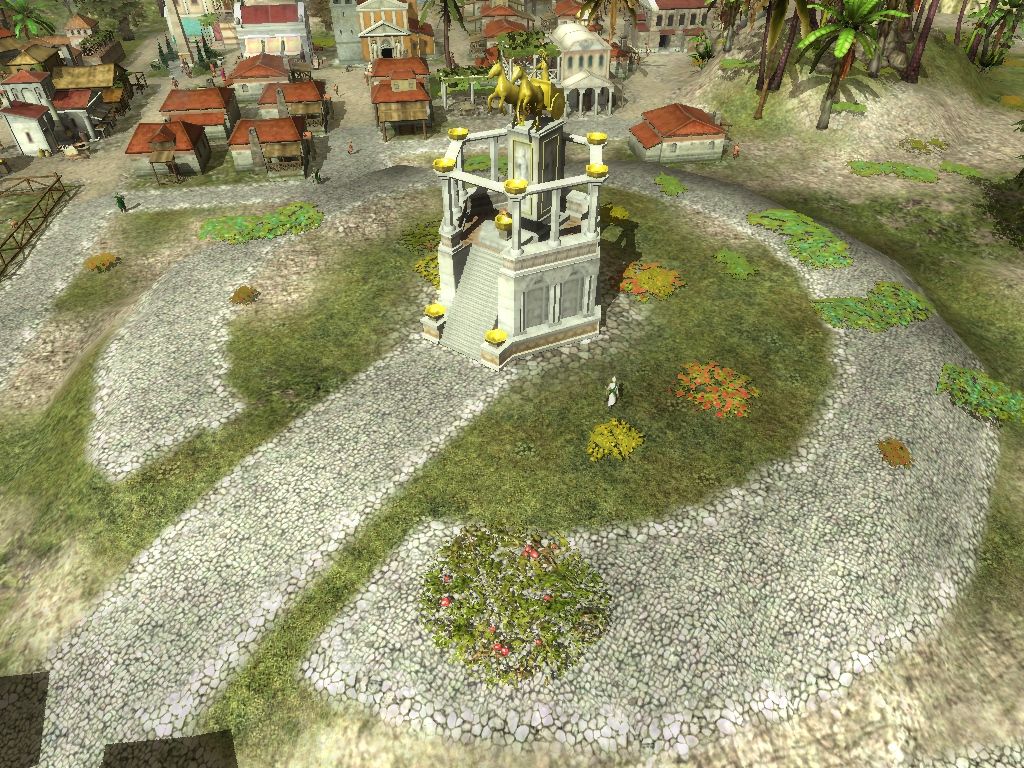
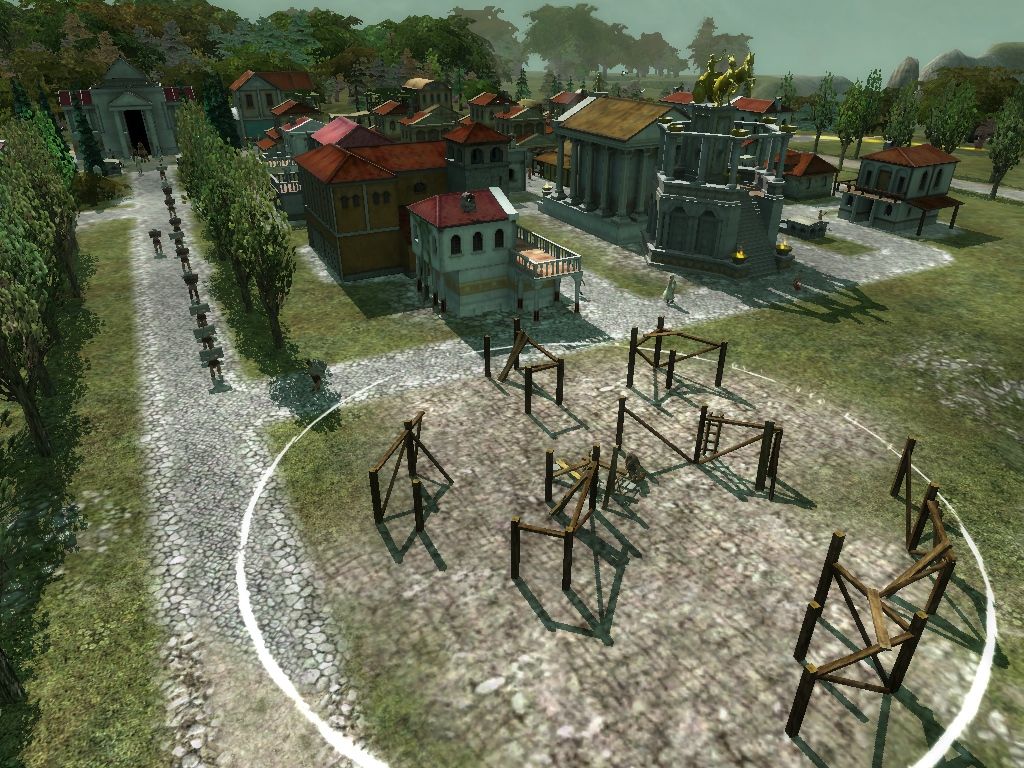



Reviews
There are no reviews yet.